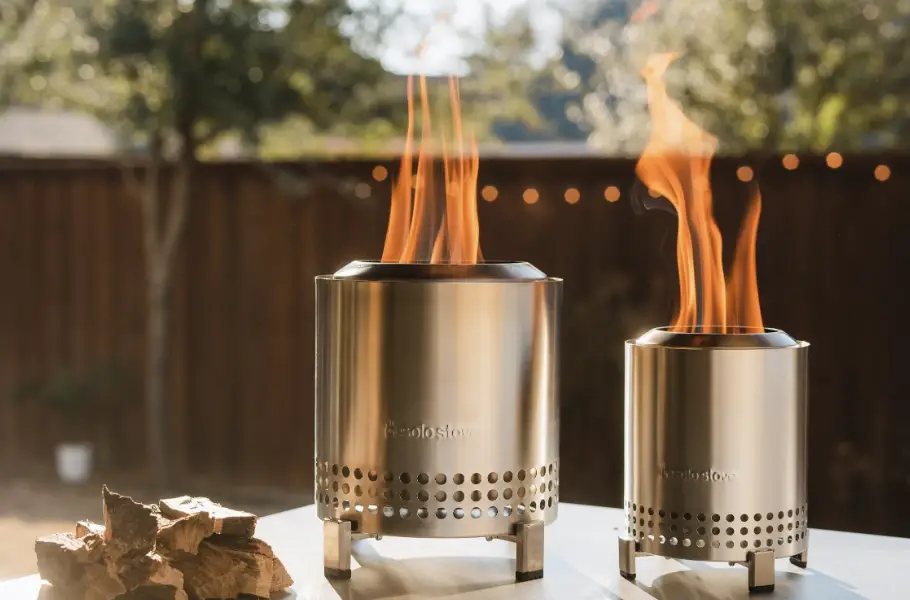
Debunking the Smoke Myth: Is a Solo Stove Actually Smokeless?
If you’ve heard about the Solo Stove, you may have come across claims that it is a smokeless fire pit. The idea of a smokeless fire pit may sound too good to be true, leaving you wondering if the Solo Stove lives up to the hype. In this blog post, we will delve into the concept of a smokeless fire pit and examine whether the Solo Stove truly delivers a smoke-free experience.
Understanding the Technology: To understand the smokeless claims associated with the Solo Stove, it’s essential to explore the technology behind it. The Solo Stove incorporates a unique airflow system that facilitates efficient and complete combustion. The stove is designed with double walls, creating a preheated secondary combustion zone. As air enters through the bottom vents, it is heated between the walls, creating a secondary burn that consumes the smoke produced during the initial combustion.
The Smoke Factor: While the Solo Stove is engineered to minimize smoke, it’s important to note that achieving a completely smokeless fire is challenging. Several factors can influence the amount of smoke produced, including the type of fuel, the initial lighting process, and external conditions such as wind. While the Solo Stove significantly reduces smoke output compared to traditional fire pits, it may still emit some smoke during startup or when the fire is not fully established.
Optimizing the Smokeless Experience: To optimize the smokeless experience with a Solo Stove, consider the following tips:
- Proper Fuel Selection: Choose dry and well-seasoned hardwoods such as oak, maple, or birch. Avoid using green or wet wood, as it can produce more smoke.
- Adequate Airflow: Ensure the stove’s bottom vents are clear and unobstructed to facilitate optimal airflow. This helps maintain the necessary combustion process for a cleaner burn.
- Proper Lighting Technique: Use proper fire-starting techniques, such as using small pieces of kindling or a fire starter to ignite the wood. Avoid using excessive amounts of lighter fluid or other accelerants, as they can contribute to more smoke.
- Wind Considerations: Keep in mind that windy conditions can affect the burn efficiency of any fire pit, including the Solo Stove. Position the stove in a sheltered area, away from strong gusts of wind, to minimize the impact on smoke output.
Conclusion: While the Solo Stove is designed to reduce smoke and provide a more enjoyable outdoor fire experience, achieving a completely smokeless fire is challenging. The technology and airflow system incorporated in the Solo Stove significantly minimize smoke output, making it a popular choice for those seeking a cleaner and more efficient fire pit. However, external factors such as fuel selection, lighting technique, and wind conditions can influence smoke production. By following proper fuel selection, optimizing airflow, using appropriate lighting techniques, and considering environmental factors, you can enhance the smokeless experience with your Solo Stove. Remember that while the Solo Stove strives to provide a smoke-free experience, some smoke may still be present under certain circumstances. Embrace the benefits of reduced smoke output, enjoy the mesmerizing flames, and savor your outdoor moments with the Solo Stove.






